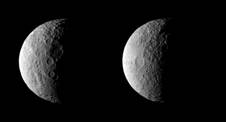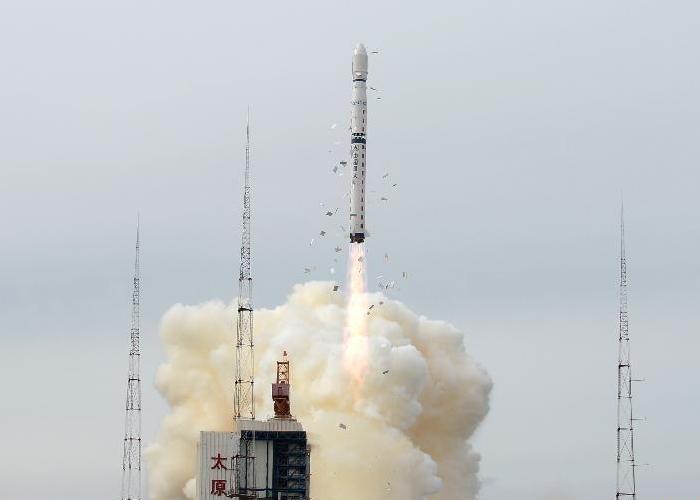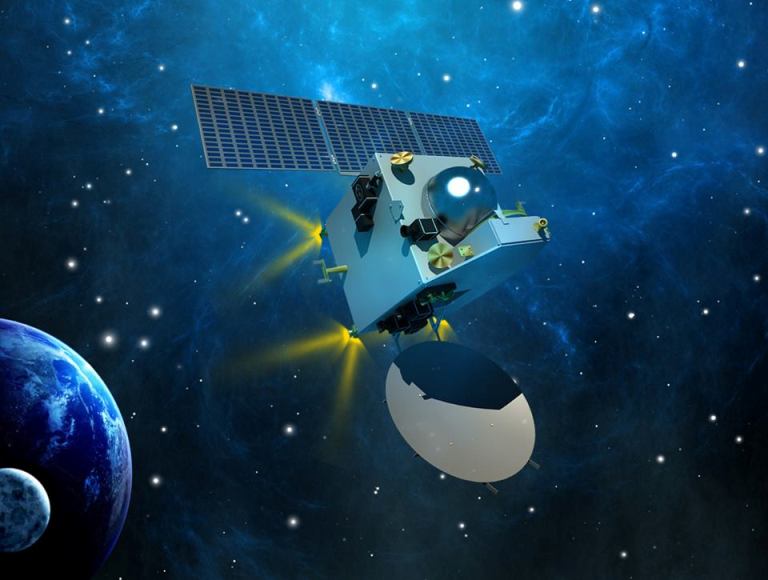
BERLIN (PTI): A pair of mysterious bright spots on the dwarf planet Ceres could actually be ice which may be emitting plumes into space, new images from NASA's Dawn spacecraft suggest.
The bright spots glimmer inside an impact crater on Ceres. Latest images from Dawn show the spots, known as 'feature number 5', at changing angles as the asteroid rotates in and out of sunlight.
The pictures show the spots even when they are near the edge of Ceres, when the sides of the impact crater would normally block the view of anything confined to the bottom.
The fact that something is visible at all suggests that the feature must rise relatively high above the surface.
"What is amazing is that you can see the feature while the rim is still in the line of sight," said Andreas Nathues, a planetary scientist at the Max Planck Institute for Solar System Research in Gottingen, Germany.
At dawn on Ceres, feature number 5 appears bright. By dusk, it seems to fade, Nature.com reported.
That could mean sunlight plays an important role - for instance, by heating up ice just beneath the surface and causing it blast off in some kind of plume or other feature.
Ceres is believed to be made of at least one-quarter ice, more so than most asteroids. Dawn's goal is to figure out where that ice resides and what role it plays in shaping the asteroid's surface.
One possibility is that the ice is blanketed by a very thin layer of soil. The ice may occasionally squirt up in towering 'cryovolcanoes', thanks to internal pressures within the asteroid.
 Previous Article
Previous Article Next Article
Next Article












The Indian Air Force, in its flight trials evaluation report submitted before the Defence Ministry l..
view articleAn insight into the Medium Multi-Role Combat Aircraft competition...
view articleSky enthusiasts can now spot the International Space Station (ISS) commanded by Indian-American astr..
view article